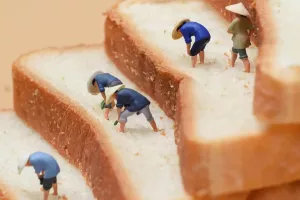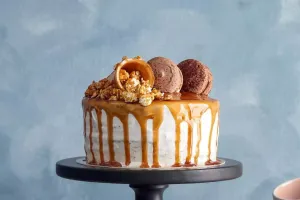Tea culture has a long history, and it germinated as early as primitive society. Drinking tea is one thing that people often do in daily life, and it is also an indispensable pastime after working.
According to research, the discovery and utilization of tea have a history of 45,000 years, and tea has been flourishing. The ancestors of human beings found tea in the specific production practice and then used it as a medicinal or consumed. Maybe this is our oldest "drink".
Many people like tea and the process of making tea is a unique enjoyment for them. The changes in people's drinking forms have caused changes in corresponding tea sets. Tea sets also experienced an evolution process from scratch, from rough to exquisite.
Tea sets have a variety of types and beautiful shapes. In addition to practical value, tea sets also have high artistic value. Due to the different production materials and origins, tea sets can be divided into pottery tea sets, porcelain tea sets, lacquer tea sets, glass tea sets, metal tea utensils, and bamboo wood tea sets.
Tea sets came into being with the rise of tea culture. It is an indispensable use of tea culture and plays a role in embellishment. At the same time, its elegant styling craftsmanship, and colorful decorative art play an irreplaceable role in the inheritance of tea culture.
In addition to the origin of tea culture, there are many countries in the world that like to taste tea. Let's follow the historical footprints of tea and explore the special tea and tea culture of Morocco, the United Kingdom, and Japan.
Morocco, sweet mint tea
People talk about the exact origin of sweet mint tea. Some people call it Britain in the 19th century, while others say that it originated in the 17th-century Middle East. Regardless of the truth, sweet mint tea has become an important part of Morocco's life.
The tea itself is a symbol of enthusiastic hospitality. The preparation and display of tea are as important as the tea itself. The owner often pours tea from a silver teapot into a small glass, and the cheerful foam shows exquisite tea art. Sweet mint tea is usually divided into three types, each with its unique flavor.
British, black tea
Thinking of Britain, people will involuntarily think of a perfect black tea with milk and sugar. It is a good choice to have a cup of early British tea with biscuits or cakes. British tea culture can be traced back to the 17th century and was introduced by the British East India Trade Corporation.
Later, Britain effectively spread tea culture to the world. Today, tea is still an important part of British daily life.
Matcha, Japan
A delicious matcha is made by grinding green tea leaves into a fine powder and stirring them in water to form a foam. Japanese matcha has become one of the most popular tea products in the world. Matcha is also commonly used in a variety of new matcha-flavored drinks and desserts.
For traditional Japanese culture, a matcha tea ceremony is a touchstone of Japanese culture, used in formal and informal tea parties to express the hospitality of the host.
Matcha entered Japan in the 12th century. Years later, the practice spread to the people. Today, matcha has become a tea that everyone can enjoy.


